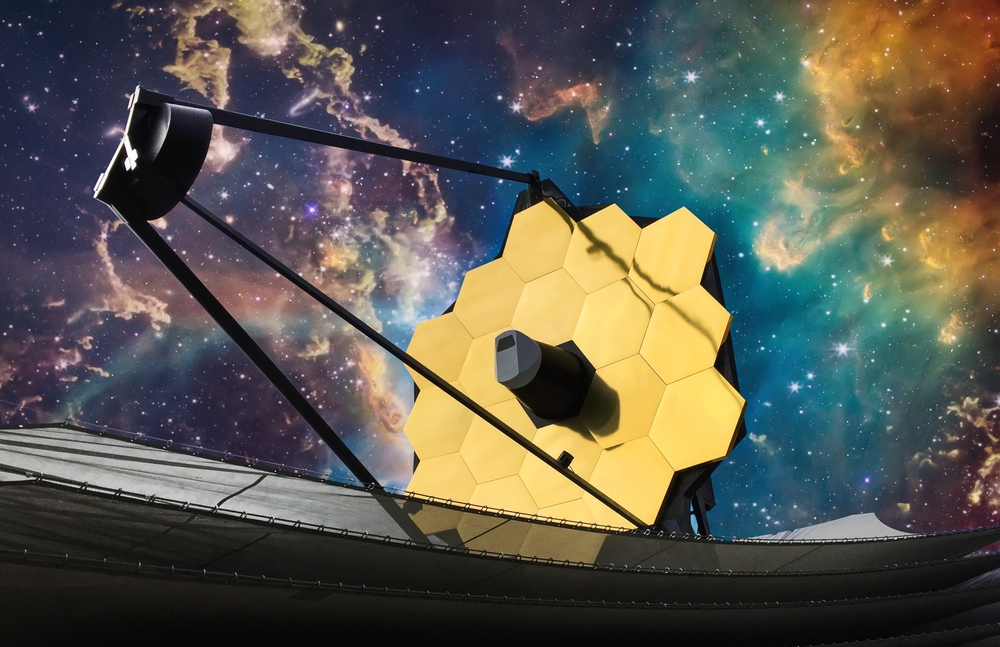NASA scientists reveal fresh insights into Jupiter’s polar cyclones and new evidence of lava flows on its moon Io
Others are reading now
NASA scientists have unveiled a new series of discoveries from the Juno spacecraft, which has been orbiting Jupiter since 2016.
The findings, recently published by the agency, include detailed analyses of the planet’s polar cyclones and new evidence of active volcanism on its moon Io—offering deeper insight into one of the solar system’s most complex planetary systems, as reported by tech.wp.pl.
Cooler stratosphere and slow cyclone drift
Juno’s 53rd close pass around Jupiter included radio occultation experiments in which signals sent from Earth passed through Jupiter’s atmosphere before being relayed back.
This method allowed researchers to measure atmospheric temperature and density with high precision. One key result: Jupiter’s northern stratosphere is 11°C cooler than surrounding regions, with winds reaching speeds of up to 160 km/h.
Also read
The mission also tracked a central polar cyclone and eight surrounding ones, all gradually migrating toward the pole—a phenomenon driven by what’s known as “beta drift.”
This Coriolis-driven movement is also observed in Earth’s hurricanes, though those storms typically dissipate before reaching the poles. On Jupiter, by contrast, the cyclones persist, interact, and form tightly bound clusters near the poles.
Persistent lava and deep heat on Io
On Jupiter’s moon Io, Juno’s infrared and microwave instruments have detected thermal signatures beneath the surface that point to lava flows still cooling beneath a hardened crust. Roughly 10 percent of the moon’s surface shows signs of lingering heat just below ground, suggesting continuous volcanic activity.
NASA scientist Shannon Brown likened Io’s internal heat transfer to a car radiator: lava fields and volcanic vents effectively channel thermal energy from the moon’s interior to its surface, where it dissipates into space.
One extraordinary eruption observed in late 2022 remains active, continuing to eject lava and ash into space. It is currently considered the most energetic eruption ever recorded on Io.
Juno is scheduled for a close flyby of Io on May 6, passing within just 89,000 kilometers of the moon—potentially offering more detailed observations of this ongoing eruption and the internal dynamics that drive it.


